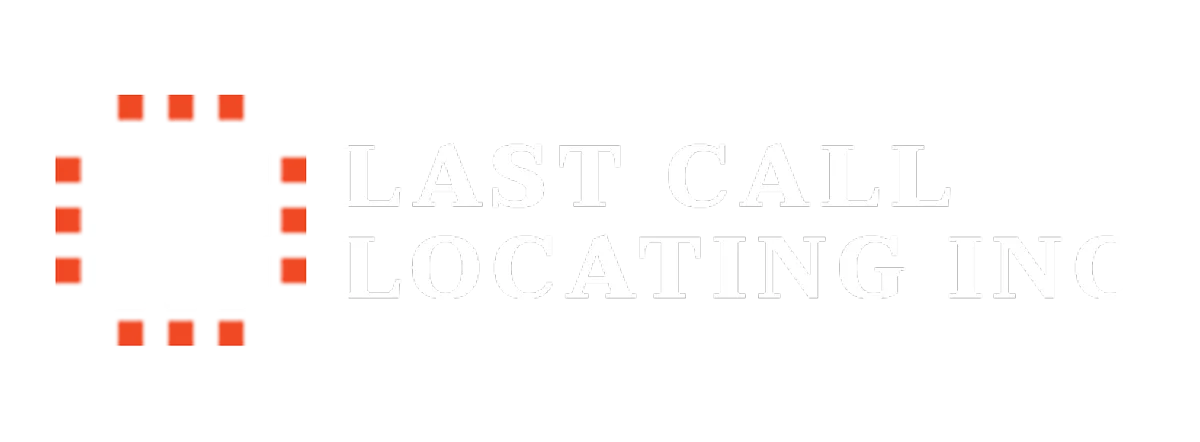Blog

Best Practices for Contractors: Private Line Locating | Last Call Locating
Introduction
Every successful construction project begins long before the first shovel hits the ground. For contractors in Billings, Lockwood, Hesper, and across Montana, one of the most overlooked yet critical steps is private utility locating. While calling 811 will identify public utilities, countless private lines remain undocumented—water, electric, gas, irrigation, and communication lines that still pose risks during excavation.
Failing to plan for these hidden lines can mean costly repairs, project delays, and serious safety hazards. This blog will walk through why private line locating is essential, how contractors can integrate it into project planning, and the best practices that save time, money, and stress.
Why Private Line Locating Matters in Project Planning
The Contractor’s Responsibility
Contractors carry the responsibility of ensuring a safe worksite. Public utility locates are only half the picture. Private lines, which often extend beyond the meter or into private property, remain the contractor’s liability if damaged.
The Cost of Skipping This Step
Ignoring private utility locating can lead to:
Expensive damage to underground infrastructure
Delays caused by unexpected repairs or redesigns
Safety incidents such as gas leaks or electrical hazards
Regulatory fines or liability claims
Damaged client trust and reputation
By making private line locating a non-negotiable part of project planning, contractors safeguard their crews, their budgets, and their clients.
Best Practices for Integrating Private Utility Locating
When planning construction or excavation, contractors should approach locating with the same precision they bring to engineering and scheduling. The following best practices ensure success.
Start Early in the Planning Phase
Include private line locating in the earliest project discussions. This prevents last-minute surprises and ensures the results are integrated into design and scheduling.Use Both Public and Private Locating Services
Call 811 for public lines, but always hire a professional private locating contractor to detect lines beyond the meter. This dual approach gives a complete picture of the subsurface.Leverage Advanced Technology
Tools like ground penetrating radar (GPR) and electromagnetic locators can identify both metallic and nonmetallic lines. Technology adds a layer of accuracy that prevents errors in the field.Document and Communicate Findings
Markings on the ground are useful, but contractors should also request documentation and share results with all team members. Clear communication prevents accidental oversights.Plan Excavation Routes Around Utilities
Adjusting routes or excavation depths ahead of time avoids unnecessary damage. If rerouting is impossible, safe digging methods like vacuum excavation should be planned.Reassess During Project Changes
Construction projects evolve. Whenever designs shift or new excavation zones are added, request updated locates to avoid striking previously unscanned areas.Work with Experienced Locating Professionals
Contractors benefit most from partnering with seasoned private locating experts who understand Montana soil conditions and local construction challenges.
Decision Guide: How Contractors Can Streamline Locating in Projects
Contractors often ask, “When exactly should I bring in a locating contractor?” The answer is simple: as soon as digging or trenching is part of the scope. To streamline the process:
Pre-Bid Stage: Factor in private locating costs to ensure accurate proposals.
Design Stage: Use locate results to influence trench routes and utility layouts.
Pre-Construction: Verify markings and update project teams on potential risks.
During Construction: If conditions change, pause and re-locate to keep the project safe.
This structured approach makes private line locating a natural extension of project planning—not an afterthought.
Frequently Asked Questions
What’s the difference between public and private utility locating?
Public utility locates mark lines owned by utility companies, typically up to the meter. Private locating covers everything beyond the meter or within private property.
How long does a private utility locate take?
Most residential or small commercial properties can be completed in a few hours. Larger or more complex sites may require additional time.
Do contractors have to pay for private locating?
Yes, unlike public locates, private line locating is typically the responsibility of the property owner or contractor. The investment is small compared to the cost of repairing a struck line.
Can private locating be done in all weather conditions?
Yes, but soil conditions can affect results. Wet, frozen, or clay-heavy soils may limit detection depth, though professionals use methods like GPR to improve accuracy.
What happens if a line is missed?
Professional locating reduces the risk, but no method is 100% foolproof. That’s why contractors should combine technologies, communicate clearly, and follow safe digging practices.
Conclusion
Integrating private line locating into project planning isn’t just best practice—it’s essential for safe, cost-effective, and successful construction. Contractors in Billings and across Montana who prioritize locating early avoid unnecessary risks and deliver projects on schedule.
By partnering with experienced professionals, contractors gain peace of mind, accurate utility maps, and the confidence that comes with knowing the ground beneath their project has been fully assessed.
OUR SERVICES
CONTACT INFORMATION
Phone:
Business Hours:
Mon - Fri: 9:00 AM – 5:00 PM
Sat & Sun: Closed
OUR LOCATION
© 2025 All Rights Reserved | Last Call Locating Inc. | Privacy Policy
